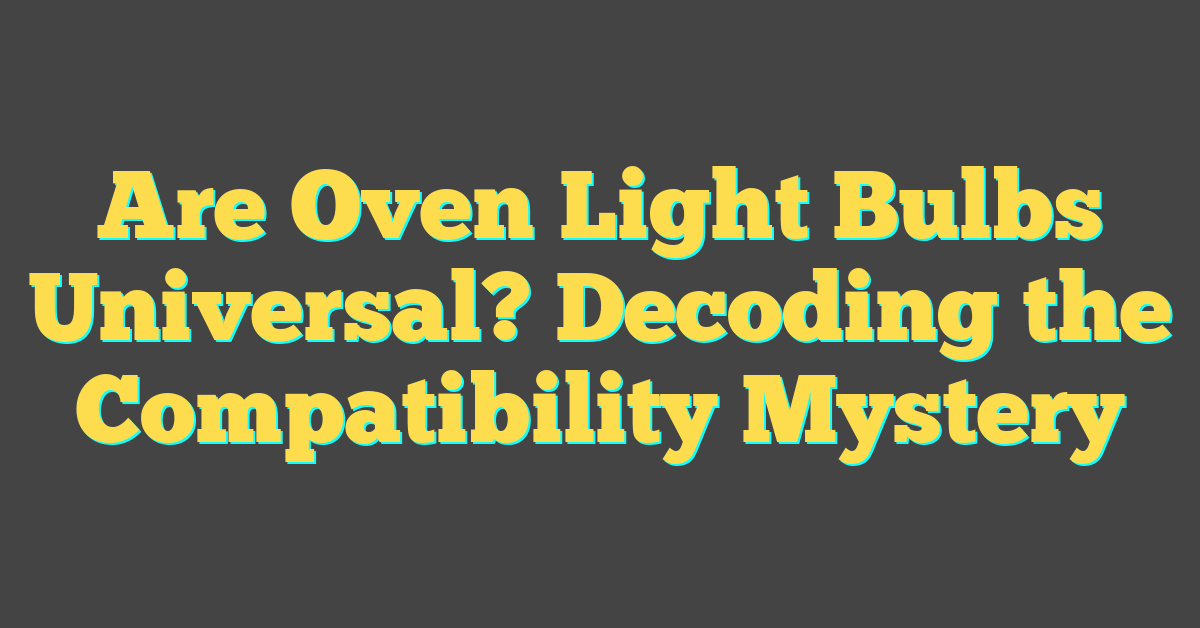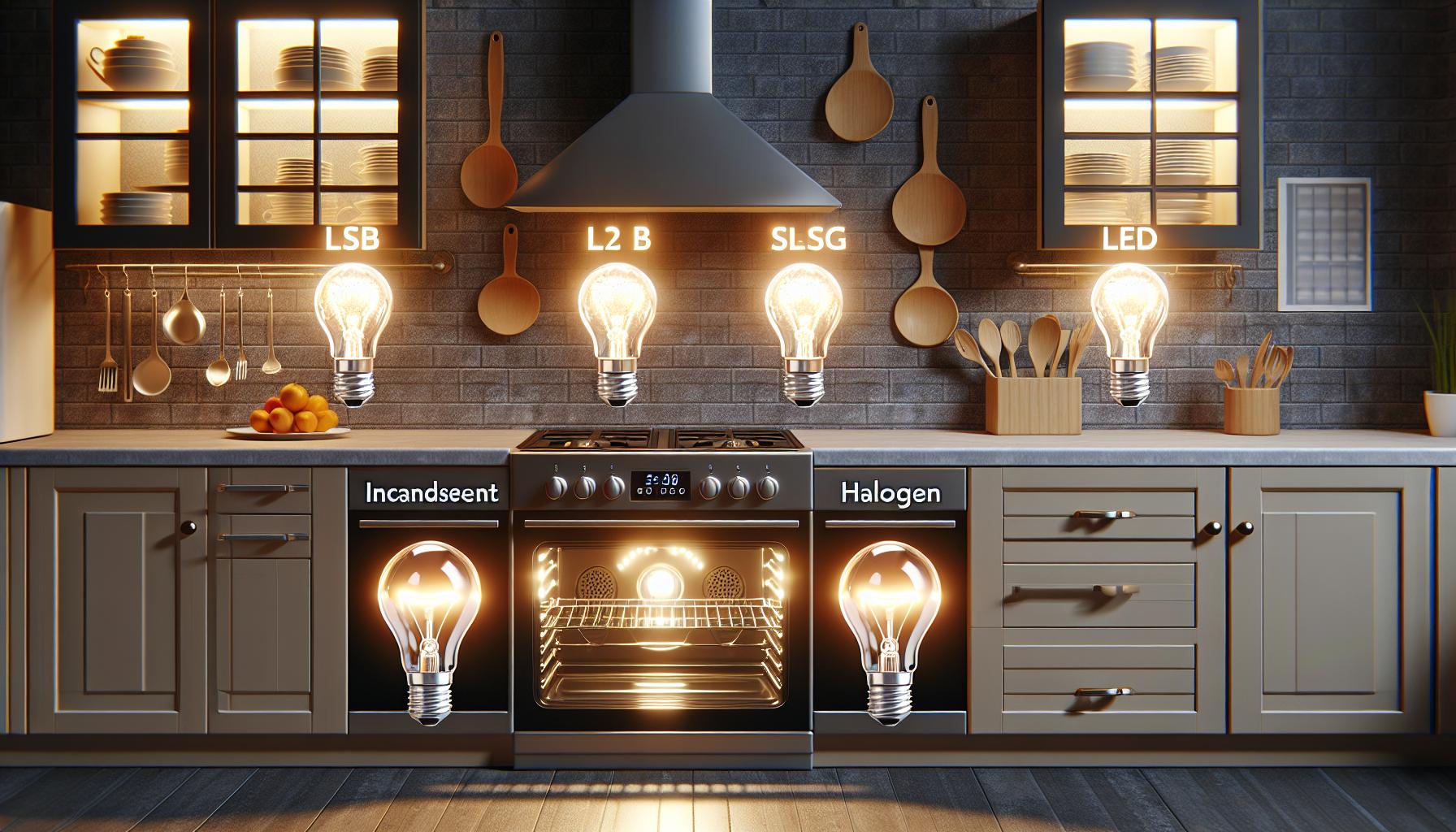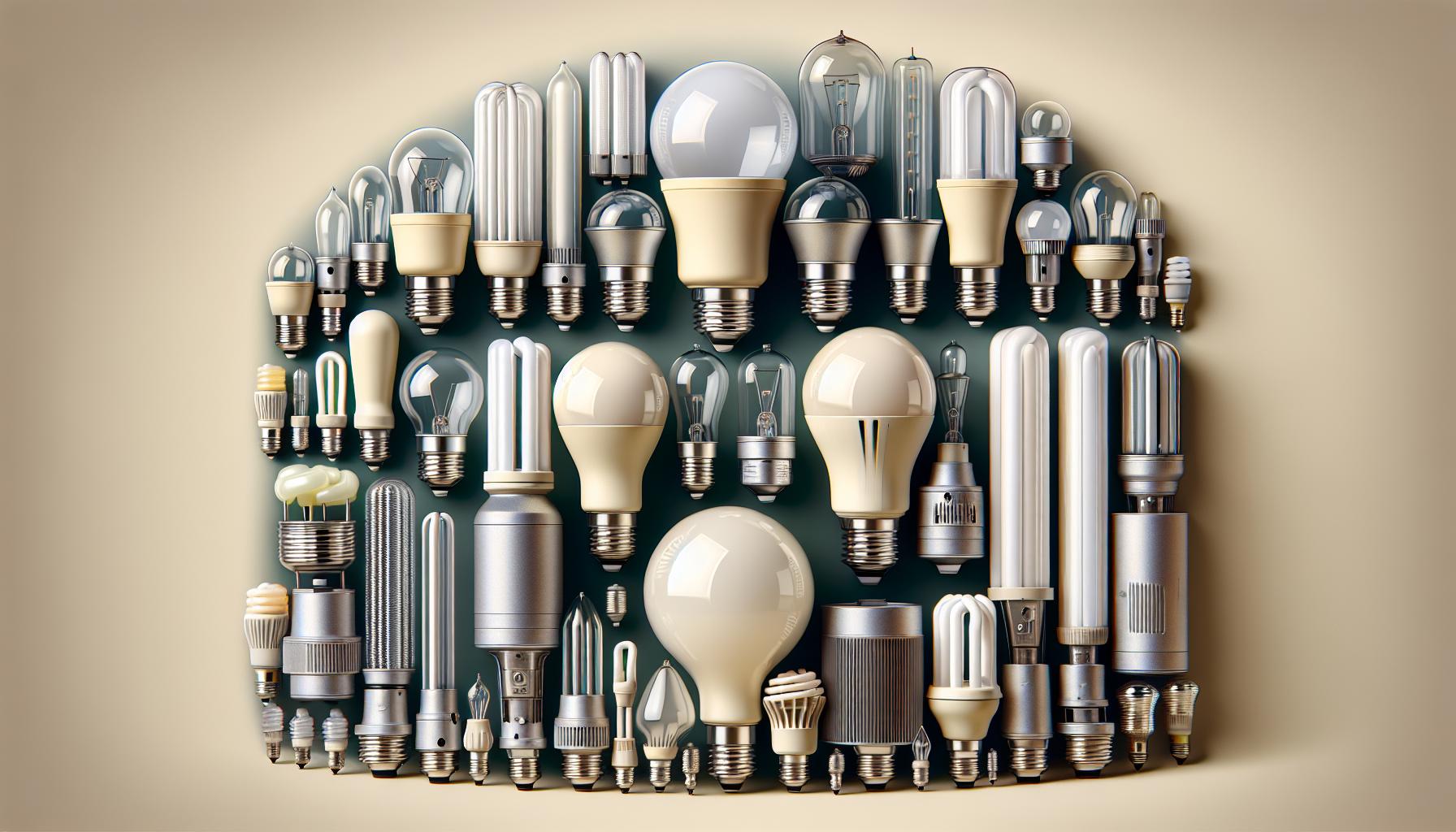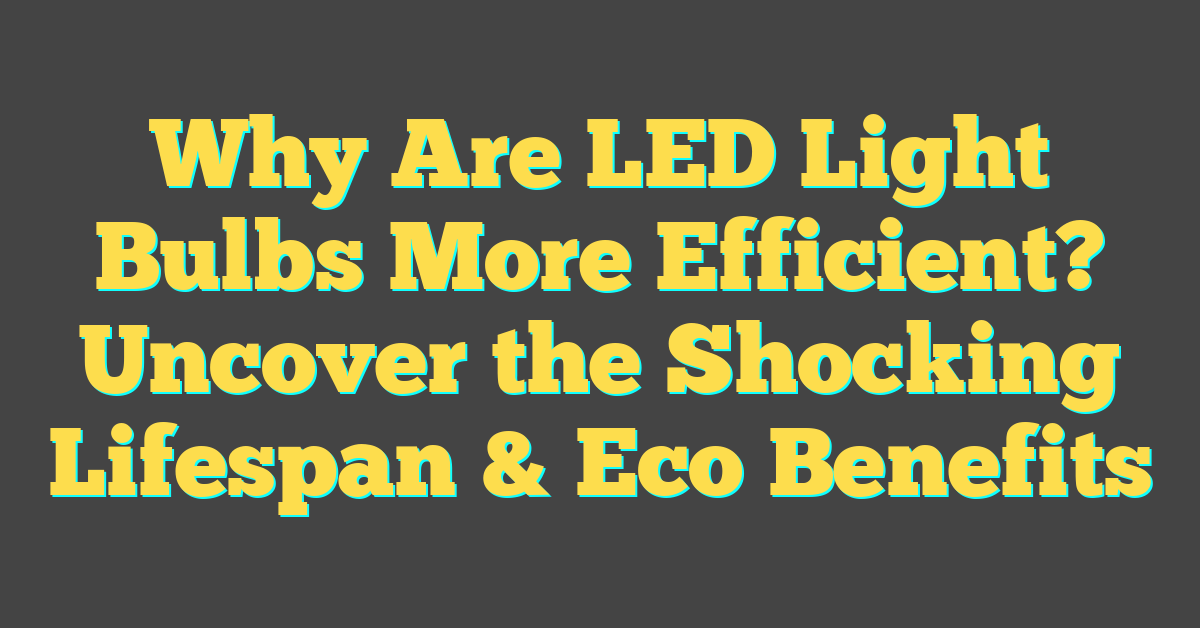Ever peeked through your oven’s glass to check on your baking masterpiece, only to find the light’s gone out? You’re not alone. Swapping out an oven light bulb seems like it should be as simple as changing a regular light bulb, but is it?

You might be wondering if oven light bulbs are universal, or if you’ll have to hunt down a specific type for your model. Let’s turn up the heat on this topic and shed some light on the situation so you can get back to perfecting that golden-brown crust.
Understanding Oven Light Bulbs
When you’re in the midst of a baking spree or cooking up a storm, the sudden flicker and demise of your oven light bulb can be more than just a minor inconvenience. It’s the light that allows you to monitor your culinary creations without opening the oven door, which can cause temperature fluctuations and impact the cooking process.
Oven light bulbs are specialized for high temperatures, usually able to withstand up to 300°C (572°F) or more. Unlike regular bulbs, these are designed to endure the intense heat generated within your oven. They usually have a reinforced filament and a glass that can tolerate high temperatures without shattering.
Here’s something you might find interesting: Oven bulbs come in different shapes and sizes. You’ve got the traditional incandescent bulbs that most are familiar with, and then there’s halogen and LED versions which are newer to the scene. Halogen bulbs are known for their brightness and efficiency while LED oven bulbs are praised for their longevity and energy-saving qualities.
But are they universal? The simple answer is no. While many ovens use what’s called an E27 screw base—the standard size for many household bulbs—some models may require different shapes or bases such as E14, or even proprietary connectors. Also, wattage can vary, typically ranging between 15 and 40 watts, and using the wrong wattage can affect durability and performance.
To ensure you’re picking the right bulb for your oven, you’ll usually find the specifications within the oven’s manual or on a label inside the oven, usually near the light enclosure. Don’t fret if the manual has gone missing; most manufacturers also list this information online. It’s always a smart move to double-check rather than assuming one size fits all.
As a lighting aficionado and DIY enthusiast, remember matching the bulb to your specific oven model ensures optimal performance and prevents those frustrating premature burn-outs. Plus, you maintain the clear view of your bubbling lasagna or your crisp roast chicken without the guesswork and repeatedly opening the oven door.
So before you rush off to grab any replacement bulb, take a moment to identify what your oven requires. It’s these little details that can mean the difference between a perfectly baked good and one that’s just not quite right.
Different Types of Oven Light Bulbs

When you’re in the market for a new oven light bulb, you’ll quickly discover that variety is the spice of life—even when it comes to something as specific as oven light bulbs. Knowing the types up for grabs can make your DIY lighting projects a whole lot easier.
Incandescent bulbs are classic go-tos. They’re often praised for their warm light, which can make your lasagna look even more tempting as it bubbles away. But be wary, incandescent bulbs aren’t energy-efficient and typically have a shorter lifespan.
Then there are halogen bulbs, the spirited cousins of incandescents. They pack a punch with brightness, mimic natural daylight, and can improve your kitchen ambiance. Still, they might not be your first choice if you’re watching that energy bill or they don’t match with your oven’s requirements.
LED bulbs are the modern, energy-saving champions with a longevity that’ll make your wallet sing. While not as widespread in oven usage due to high heat sensitivity, LED technology is evolving. You might find them compatible with newer oven models that are designed to prevent overheating.
Here’s a quick comparison to keep you on track:
| Bulb Type | Brightness | Energy Efficiency | Lifespan |
|---|---|---|---|
| Incandescent | Warm Glow | Low | Shorter |
| Halogen | Bright | Moderate | Moderate |
| LED | Varied | High | Longer (Significant) |
« What Are Light Bulbs Used For? Unlock Productivity and Safety with Lighting
Are Light Bulbs Tenants Responsibility? Learn Who Should Replace Them »
Don’t forget though, your oven’s model is key. You could adore LED lights, but if your oven says “no,” you’ve got to respect its wishes or risk a culinary blackout.
Always double-check for compatibility—the shape, base, and wattage specifics are not to be ignored. And if you’re feeling lost in the dark, a quick chat with your manufacturer can shed some light on the matter, ensuring that your choice doesn’t lead to any unexpected baking disasters or impromptu appliance shopping.
Compatibility of Oven Light Bulbs

As you embark on the quest for the perfect oven light bulb, you’ll quickly find that not all bulbs are created equal when it comes to compatibility. Sure, it’s tempting to think a light bulb is just a light bulb, but that’s like saying a key is just a key. Just as the right key opens a specific lock, you need the right bulb to fit your oven’s unique specifications.
Understanding Oven Light Bulb Specifications
Firstly, check your oven’s manual or the old bulb for its base type. Most ovens use one of the following:
- E12 – also known as the candelabra
- E14 – slightly larger than the E12
- E17 – intermediary size, often referred to as an intermediate base
- E26 – the standard size for most household light bulbs
Getting the base right is crucial. A mismatch can lead to poor connection or even damage to your oven’s internal socket. The shape of the bulb is another consideration. Although A-shape (or A19) bulbs are common, your oven might require a tubular shape (T) for optimal performance and fit.
Wattage Matters
Another factor you can’t afford to overlook is wattage. High-wattage bulbs can overheat the oven’s electrical system, while low-wattage bulbs might not offer enough light. Here’s a rundown of typical wattages for oven bulbs:
| Type | Wattage Range |
|---|---|
| Incandescent | 15-40 Watts |
| Halogen | 20-50 Watts |
| LED | 2-5 Watts |
Remember, LED bulbs often compensate for their lower wattage with higher luminosity, so don’t be fooled by the numbers. They may still provide ample light for your culinary inspections.
Voltage Variation
Voltage is another detail you don’t want to miss. Most household appliances in the US run on 120 volts, but it’s always wise to verify. Installing a bulb with the wrong voltage can lead to premature burnout or insufficient illumination.
When it comes to finding your oven’s light bulb soulmate, precision in compatibility is your best friend. Dive into that manual or look up the model online to get the specs straight before you buy. You’ll save yourself time, money, and the hassle of a dimly lit baking experience.
Determining the Right Bulb for Your Oven

When you’re on the hunt for the perfect oven light bulb, think of it like finding the right piece to a puzzle. Spring for a bulb that doesn’t fit or play well with your oven, and you’re in for a dim disappointment—or worse, a safety hazard. Since we’ve established that oven light bulbs aren’t universal, let’s guide you through the steps to find your oven’s light bulb match.
First off, it’s about Getting to Know Your Oven’s Specs. Your oven’s manual isn’t just for troubleshooting; it’s the treasure map to uncovering the bulb specs you need. If the manual has gone AWOL, look for a label inside the oven, usually near the edge of the door or on the back wall, where you might find clues about the bulb type suitable for your oven.
Next, consider the Size Matters principle. Did you know that ovens can be as picky about bulb size as Cinderella’s step-sister was about that glass slipper? No kidding. The bulb must nestle in snugly, without touching the sides. This isn’t just for fit—a bulb that’s too big can interfere with the oven’s function and even its ability to close properly.
Here’s another bit of DIY wisdom: Bulb Type Is Key. Halogen or incandescent? Your oven might have a preference. Incandescent bulbs have been the go-to for a while, but halogen bulbs are asserting their presence in modern ovens, thanks to their efficiency and longevity. However, not all ovens are built for the sass of a halogen; so, check which type your oven can handle before you decide.
Lumens Over Wattage is the new mantra. While wattage used to be the bulb buzzword, lumens—the measure of light brightness—have taken the spotlight. This doesn’t mean wattage isn’t important, but lumens give you the real lowdown on how much light you’ll get to watch your culinary creations.
- Check compatibility: Align your bulb choice with your oven’s brand and model.
- Verify wattage and lumens: Ensure the bulb is bright enough without overloading the system.
- Look at longevity: Opt for bulbs known for their durability.
Tips for Changing an Oven Light Bulb

When it’s time to replace the light bulb in your oven, careful handling is key. Safety first – ensure the oven is turned off and cool before attempting to change the bulb. Removing a bulb from a hot oven could lead to burns or even shatter the glass.
Turn off the Power
Start with the basics – cut the power to your oven. You might think flipping the off switch is enough, but it’s safer to completely disconnect the oven from its power source to avoid electric shocks. This could mean unplugging it from the wall or turning off the breaker.
Let it Cool
Heat-retaining ovens stay hot for a while. Give your oven plenty of time to cool down. This will make it safer and more comfortable for you to work with.
Protective Gear
Wear gloves. Not only do they protect you from potential sharp edges, but they also keep the new bulb clean, free from oils on your skin that can shorten the bulb’s lifespan.
Proper Removal
Gently twist the bulb counterclockwise to remove it from its socket. If your oven uses a glass cover, remove it first, usually by twisting or unscrewing it.
Installation of the New Bulb
Fit the new bulb by holding its base, not the glass, and twist it clockwise. Don’t overtighten, as this may damage the bulb.
Test it Out
Once the new bulb is securely installed, reconnect the power and turn the oven on to test the light. It should illuminate without flickering.
Keep Your Manual Handy
Referring to your oven’s manual is always a smart move before and during the process. It may have specific instructions or recommendations for bulb types and changing procedures.
Changing an oven light bulb isn’t complicated, but it does require attention to detail. With the right precautions and steps, you’ll have a clear view of your culinary creations in no time. Remember, a well-lit oven is not only functional, but it also enhances your kitchen’s safety and aesthetics.
Conclusion
So there you have it – picking the right oven light bulb isn’t a one-size-fits-all situation. You’ve got to be a bit of a detective, looking for clues in your oven’s manual or the old bulb to make the perfect match. Remember, it’s not just about fitting the bulb in, but also about how bright it’ll shine. And when it’s time to roll up your sleeves and make the switch, take it slow, be safe, and you’ll light up your oven like a pro. Happy baking – and here’s to no more shadowy cookies or dimly lit dinners!
Frequently Asked Questions
What should I check for when choosing an oven light bulb?
You should check the oven’s manual or the old bulb for compatibility in terms of the base type, shape, and size. Also, consider whether your oven prefers halogen or incandescent bulbs and the amount of lumens for brightness.
Can I use any brand of light bulb for my oven?
It’s best to align the bulb choice with your oven’s brand and model. Non-compatible bulbs may not fit properly or could affect the oven’s performance.
Why is verifying wattage and lumens important when selecting an oven light bulb?
Verifying wattage ensures the bulb’s power consumption is suitable for your oven. Lumens measure brightness; the right level of brightness is essential for visibility while cooking.
Are there bulbs that are known for their durability?
Yes, some bulbs are specifically designed to withstand high temperatures and have a longer lifespan. Look for those marketed as durable or long-lasting.
What safety tips should I follow when changing an oven light bulb?
Always turn off the power and let the oven cool before changing the bulb. Wear protective gloves to guard against burns and handle the bulb gently to avoid breakage. After installation, test the light to make sure it works.




